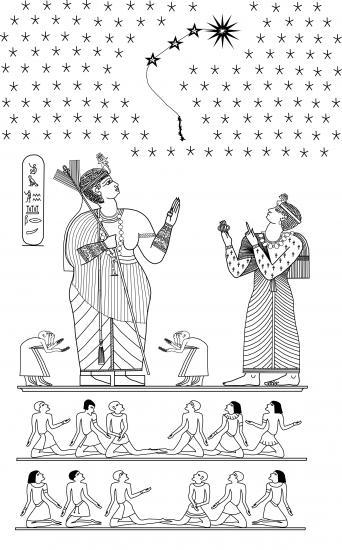Leaderboard
Popular Content
Showing content with the highest reputation on 2017-04-08 in all areas
-
You're welcome! Thanks for finding the images of the horsemen relief carvings. You're welcome! I'm thinking that the Musawwarat horsemen that Sundiata depicted are the ones that Dr. Edwards referenced in the Osprey book. As far as the horse harnesses, I found a section from László Török's book The Image of the Ordered World in Ancient Nubian Art: The Construction of the Kushite Mind (800 BC - 300 AD) that mentions, on page 277: “Besides Amun of Kawa and the desert hunters and warriors, Apedemak and Arensnuphis, other male deities also appear with a bow and quiver in the early Meroitic period and continued to be represented with these attributes during the subsequent centuries, cf., e.g., Amun of Napata, Amun of Thebes, Apedemak, Arensnuphis, and Khnonsu on silver horse harness decorations from the royal burials...." [emphasis mine] The silver harnesses in question are from the 1st and 2nd centuries AD. I also found the following plates with accompanying descriptions of harnesses from a work by Dows Dunham, The Royal Cemeteries of Kush: Royal Tombs at Meroë and Barkal.4 points
-
In the interest of transparency, the Wildfire Games team would like to report on the finances of the project as of 2017-03-31. Until 2016-12, 0 A.D. had funds in three places: Funds earmarked for the project and held in trust by US-based non-profit organization Software in the Public Interest, Inc. (hereafter "SPI"); A PayPal account under the name of former project leader, Jason Bishop (Wijitmaker). This account was a legacy of the time before we became affiliated with SPI; An account on Flattr, a Sweden-based microdonation provider. SPI Earmark for 0 A.D. As of 2017-01-01, the 0 A.D. earmark is USD 29,528.35 (Source: SPI Treasurer's Report). Other Accounts In our "legacy" PayPal account, we had USD 366.30 on 2016-11-30. This sum was consolidated with the SPI earmark in December 2016 and is probably reflected in the account balance mentioned above. We will not be using this account anymore and we have duly removed the references to it from the donation page. On Flattr, we have EUR 842.14 available, which are approximately USD 900. We have removed the references to Flattr account from the donation page and we intend to consolidate these funds with the SPI earmark in the near future. Total In total, we have approximately 30,428.35 USD. Concluding Remarks The 0 A.D. project finances are managed by the Treasury Committee: Erik (“feneur”), Adarash ("MishFTW") and Aviv (“Jeru”). We welcome your comments and suggestions in this thread.3 points
-
It would be nice to link the name to the new content. So either something describing the new gamemode (relics / catafalques) or the new art would be ideal, if we find something that would fit remotely.2 points
-
Thanks for your donation, @andy5995! My name is Aviv and I am a member of the 0 A.D. Treasury Committee. I agree that a confirmation e-mail is in order. I believe that people who donate using Click&Pledge get one automatically, but donors who use PayPal might not. Unfortunately, we cannot see donations or directly issue confirmations. Software in the Public Interest, Inc. (SPI) handles the donations for us and only they have direct access to our financial data. If you can kindly provide the sum donated, the e-mail address associated with your PayPal account, and date of donation, I will gladly ask SPI to confirm that the sum was donated. You can do this via private message if you prefer. I apologize in advance as it could take quite some time to get any response from SPI. Last but not least, I have made a new thread in the announcements forum with a copy of the financial report. I have also edited the link in the news post so that it now points there. I thought the treasury committee forum was open to the public. Thanks for letting me know otherwise.2 points
-
I forgot to mention that, of course that resources should be needed for that. A given % depending on the units needed to fill the battalion2 points
-
The Demise Another question that we continue to ponder regarding urns is why did the Zapotecs stop making this iconic artifact? What seems clear is that late in the Classic period, perhaps during the 8th or 9th centuries A.D., these urns, so symbolically rich and widely found in the Valley of Oaxaca, were no longer made, or at least they became much rarer. Some researchers might suppose that the decline of the iconic urns might relate to a population replacement of the valley Zapotecs by Mixtecs (who did not make such pieces nor revere Cocijo) at the end of the Classic period. But as I have commented before, the notion of a full-bore Mixtec invasion or population replacement in the valley does not have much empirical support. And the best evidences for a Mixtec elite presence (likely through elite intermarriages with Zapotecs) and accompanying cultural influences date to centuries after the decline of Zapotec urns. Rather, the decline in urns would appear to owe more to shifts in Zapotec society and cultural practice toward the end of the Classic period rather than to a cultural or ethnic replacement. With the Late Classic-period decline of Monte Albán and the rise of local rulers at a dozen or more outlying valley centers, the rituals associated with power, rule, and political legitimacy appear to have shifted, perhaps spelling a lessening role for long-held rituals in which powerful individuals portrayed Cocijo or other supernaturals (as often depicted in the urns). Perhaps, legitimacy was now gained more readily through lineal links to specific powerful forebears as depicted in Late Classic genealogical registers (discussed and illustrated in my 2008 Dispatches concerning El Palmillo) that illustrate sequences of ruling pairs, each specific to a single settlement or center. The above speculation remains no more than a viable hypothesis at present. Yet two sets of findings (one from 2008 at El Palmillo and the other from this season at the Mitla Fortress) that both date to late in the Classic period provide some tantalizing perspectives on ritual behavior during the last years of the Zapotec urn.2 points
-
I donated through Paypal on March 28/29, but have not yet received any confirmation/thank you email (aside from the one auto-sent from PayPal). My feedback is that I like to get a confirmation email from the project to which I donated. One other bit of feedback @Jeru : In this blog post where comments and suggestions are encouraged, the link to the forum post leads to a post and sub-forum where replies and new posts are disabled.1 point
-
That's not exactly how BfME2 worked. In that game, each soldier had their own health, just like in 0 A.D., it's just the health bars were turned off by default. Healing could definitely work just like it does now. In fact, if you read the proposal, I proposed a cool mechanic for the healer to keep them relevant to the battalion system. No, I have told you how this would be prevented. Pop cap would affect everything, even reinforcement. Now you're nitpicking just to nitpick. How "experience" is governed is not a huge issue for me. It just made sense to me that the overall experience of a group, if by experience we're just talking about some abstract number or value, would go down if you add inexperienced people to that group. Call me crazy. Add cold water to warm water and they average out. Not a difficult concept. btw, mentoring someone does not magically give that person "experience" either, only insight, preparedness even, but not experience which by definition a raw recruit does not have.1 point
-
They do, and at least for those donations we do get an email telling us that the person in question has donated. And I think that the donation process there includes a thank you message (and the email contains that message at the very least), so I don't think we've had reason to consider doing anything different. If the PayPal donation doesn't we might have to do something about that.1 point
-
I suppose that this topic should be in the RotE subforum? Or even better, merged with the other mesoamerican topics? Seeing that the Zapotec faction is nearly finished it think it's better to just look at what's missing in the faction and then do some research on that specific item1 point
-
1 point
-
1 point
-
trac is for ideas, phabricator is for code1 point
-
@wowgetoffyourcellphoneIt's not about satisfying individual it's about having a real and justifiable intent to do better. You train battalion, you lost unit/units in a battalion then you garrison or heal it and the units came back alive is that real?! Another magic game? What is your intent? Well you can Mod it but I hope the developers won't go this way. The game has a very strong fundamentals already in terms of military. Only little tweaks are needed in military like barracks produce only in "battalion batches", stable(horses) and unit balancing. The game IMO needs more civic, economic and structural mechanics improvement.1 point
-
The Kingdom of Kush: Military The following post will aim to discuss some more aspects of the Kushite military and units. As in the previous posts, I will refrain from posting doubles, as many images on the subject are already highlighted here (towards the end of the 1st post), here and here, as well as other places throughout the thread. Coincidentally @Zophim sourced the exact same book I'm about to quote, as an introduction to the images: Osprey Military: Men-At-Arms Series, 243 Rome’s Enemies 5, The Desert Frontier David Nicolle PhD p. 9 – 12 The Nile Valley Following the Roman occupation of Egypt the Empire’s frontier reached Nubia, beyond which lay the Meroitic Kingdom of central Sudan. Between the two was the Dodekaschoenos, a region stretching from Aswan to Kosha (which has now been almost entirely flooded by the Aswan High Dam). This Rome also seized. The desert between the Nile and Red Sea was partly inhabited by Arabs in the north and Blemmye (the present –day Beja people) in the south, while deserts west of the Nile, but South of a chain of oases (now known as the Nile Valley) were virtually uninhabited. After an initial clash between Rome and Meroe, relations remained peaceful for several centuries, but by the 3rd century Meroe was in decline. The Blemmye nomads raided Nubia and southern Egypt; in reply Rome withdrew from the Dodekaschoenos and invited a new people to defend the area. These were the Noba (present-day Nubians), who probably came from Kordofan in Western Sudan, further isolating Meroe. The Kingdoms south of Roman Egypt were in some ways more highly developed than those of Berber North Africa, although iron-working had only reached Meroe in the 4th century BC. In other respects Meroe remained within the ancient Egyptian tradition, and the fall of Meroe spelled the real end of Pharaonic civilization. […] Armies of the Nile Valley states Meroe was an agricultural but urbanized state drawing great wealth from trade. Though occasionally involved in wars Meroe was generally peaceable, while it’s rulers were more interested in the African south than the Roman north. Many of its warriors still used bronze weapons, some perhaps imported from Egypt, and although swords appear in Meroitic art none have yet been found. Spears and bows were the preferred weapons, while Meroe’s archers used leather quivers, plus iron- and even stone-tipped arrows of wood or cane, often poisoned. Judging by other aspects of Meroitic administration the army was probably well organized, although a rare description of a late Meroitic army in action against Roman troops has them poorly marshaled behind large oxhide shields with axes, spears and the occasional sword. Many men were tattooed and also scarred their faces, as some Sudanese still do. Elephants were used ceremonially and occasionally in war. Such animals may have been of the now-extinct North African or Saharan type, as the true African elephant is regarded as untrainable. Meroitic fortifications could be built upon earlier Egyptian structures, as at Qasr Ibrim in Nubia, or could consist of massive three storey whitewashed mud-brick citadels as at Karanog. The warlike Blemmye (Beja) had generally lived in a mutually beneficial, symbiotic relationship with the peoples of the fertile river banks, their nomadic society being built around family groups, each with their herd of animals. Yet when the Blemmye eventually established their own organized kingdom they used the Meroitic model. Their formidable camel-mounted armies clad in wild animal skins, armed with spears and bows, joined Queen Zenobia of Palmyra’s invasion of Egypt in AD 270. Even in the 10th century Beja archers still used the poisoned arrows of their Blemmye and Meroitic predecessors. Blemmye raiders roamed the Red Sea, sometimes in captured Byzantine ships. One group hoped to attack Clysma (near modern Suez), but eventually settled for scaling the walls of a Christian monastery in Sinai using the trunks of Palm trees they had chopped down. "A-D: Graffiti of warriors & huntsmen, meroitic 2-4 cents AD in situ great enclosure at Musawwarat al Sufra", from "Rome's enemies 5, the desert frontier". Battle axe, Soba. "An axe of the very same type can be seen on a graffito on Musawwarat es-Sufra" Objects from a foundation deposit of King Harsiotef Napatan Period, about 404-369 BC From Nuri, pyramid Nu 13. "model blade of iron, copper dagger and arrowhead" @balduin Graffito of Meroitic cavalry men from the walls of Musawwarat es Sufra. Based on the historic descriptions, period depictions in graffiti and reliefs, as well as the occasional archaeological finds, a comprehensive and historic unit roster can be compiled. I will begin with contemporary depictions of 5 basic Kushite unit types, recruitable early in the game. From left to right: Nubian Spearman, Meroitic Noble Archer, Meroitic Swordsman, Meroitic Axeman, Nubian Bowmen. The Nubian Spearman is one of the earliest units available. With no armor, and only a simple oxhide shield and spear, this unit is quite weak. It's only redemptive qualities are the fact that they're very cheap, and very fast moving (can outrun any armored infantry unit) Nubian Bowmen, as with the Nubian Spearman, this is one of the earliest units available to the Kushite faction, and as with the Nubian Spearman, they are very basic. No Armor, armed only with a bow and arrow and a dagger for close quarter self defense, available after an upgrade. Their redemptive qualities are, once again, a very cheap cost, and being a fast moving infantry unit. What makes them special is their high accuracy and range, and the use of poisoned arrows. Meroitic Noble Archer, an elite archery unit. These units, recruited from the upper middle classes, are equipped with the best bows and arrows, basic cotton armor and a formidable short sword as well as a little bling. These might very well become the best archers in the game (high range and accuracy). Fast moving, good melee defense, relatively costly. Meroitic Swordsman, recruited from the upper middle classes, and equipped with a Greco-Romanesque short sword, rhinoceros hide round shield and basic cotton armor. Relatively costly, but fast-moving and good against spear units, and ranged infantry. Meroitic Axeman, a heavy and strong unit, designed to break enemy lines, and moral. Equipped with a large oval shield (I believe the shield depicted in the image is an anachronism) possibly made of finely woven wicker overspun with animal hide, an Egyptian style battle axe and simple cotton armor as well as a simple skullcap. Relatively strong against armored infantry (especially after an armor piercing battle axe upgrade) Work is being done by myself and another artist to illustrate every unit in the Kushite roster, as historically accurate as possible. Expect some dedicated artwork soon, including cavalry and champion units. And finally, as a cherry on the cake, an actual Kushite army in action against their traditional enemies/partners, Ptolemaic Egypt:1 point
-
Celts and Germans definitely had slaves. Iberians is the only one I am not sure of their status on this item. Some sources claim Persians don't have slavery, others do. The ones that say they don't have slavery seems like semantics to me, kind of like saying the Spartans didn't have slavery, they had helots, which are almost identical to slaves in most respects... But they don't have to be called a "Slave" genericly in the game. "Laborer" is fine for the generic name, while for most their specific name would be "Slave" in their specific language. "Thrall" works too. But we can just say, "this is the Helot, the Spartan slave class of unit," and it still works fine. /The exact word does not matter to me one bit, though I tend to prefer to call something what it is: slavery.1 point
-
Kushites through the eyes of others Greek depictions of black Africans, presumably of Sudanic ancestry: 2nd century bc head of an African possibly manufactured in Turkey "Bigio Morata" Vase in the shape of the head of an elderly black man greek c 530 bce terracotta 17.7 cm museum of fine arts boston department of classical art Aryballos in the form of an African The Walters art museum, 5th century greek, reminiscent of Sotades Attic vase, Sotades' style Red-Figure Horn-Shaped Rhyton depicting a crocodile attacking a Nubian, Greek, c.350 BC (clay). Sotades (fl. 350 BC) An "Ethiopian" soldier in the Persian army. Attic black-figure white-ground alabstron, ca. 480 BC Caeretan Hydria showing Herakles and Busiris with "Egyptians" Attic Greek vase depicting Memnon with ethiopian clubmen and archer. Memnon was an "Ethiopian" King and ally of Troy, killed by Achilles in the Trojan war. Ethiopian king memnon with some of his men Detail of one of Memnon's Soldiers The Departure of Memnon for Troy, Greek, circa 550-525 B.C. Greek coin, uncertain mint, Hemistater 5th century BC "This fine statuette shows the careful observation that reflects firsthand knowledge of the subject. The distinctive garment is characteristic of artisans, especially those working in the heat of a foundry, forge, or brazier" 2nd 3d century BC Kushites through the eyes of the Ptolemies Black youth with hands bound behind his back, found in the Fayum near Memphis Egypt 2nd -1st century BC Head of an Aethiopian depicted in Hellenistic mode ptolemaic period 330s BC.jpg Through the eyes of Etruscans: Terracotta vase combining the distinctive neck of the Shape VII oinochoe with a naturalistic head of a young black-African boy, Etruscan 4th century BCE Through the eyes of the Minoans: Fragment of a fresco depicting a running military detachment. The leader wears minoan loincloth, named the captain of the blacks because he is followed by two black men, perhaps African soldiers in service of the palace. Through the eyes of the Romans Head of a Black youth (gray basalt) BCE, Roman Roman bronze of an African Roman lamp depicting an African Terracotta statue of an African boxer staggering back from an upper cut. Roman 2nd Century BC-1st Century BC Through the eyes of the Assyrians Neo-Assyrian relief of their conquest of a Northern Egyptian city, held by Kushites. Kushite prisoners of war are seen being marched off, and being taunted with the decapitated heads of their captains. Detail from the victory stela of the Assyrian King Esarhaddon showing Prince Ushankhuru [the smaller one of the two captives], Taharqa's son and heir to the throne, in bondage. Nimrud Ivory, Nubian tribute bearer One of the finest pieces from the Nimrud Ivory collection, depicting a Kushite being attacked by a lion.1 point
-
1 point
-
The People of Kush: An Illustrated Update The following post will be a lengthy visual reference guide to the people of Kush, as depicted by themselves, Ancient Egyptians, Greeks, Romans and Assyrians. Please note that many images have already been shared in previous posts, so I will be concentrating only on those images that haven't been shared yet. Kushites through their own eyes The following images all date to approximately 700BCE to 200AD. One of several thousand shabti's from Taharqa's tomb More of Tahrqa's Shabti's A Kushite statue probably depicting Taharqa Taharqa Taharqa Aspelta 600-580BCE Aspelta Statue depicting Queen Shanakdakhete of Meroe Statue of Horemakhet, son of Shabaqo, High Priest of Amun in Thebes, during the 25th dynasty rule of Kush Statuette of Taharqa King Shabaka Unspecified Kushite ruler Unspecified Kushite ruler Maleton, governor of Karanog Queen Amanitore and King Natakamani being blessed by Apedemak Queen Amanishakheto and Amanirenas(?) or Amanitore (?) Amanishakheto observing stellar movements. Astronomy was probably a central aspect of Kushite religion. Funerary stela of Meteye. The swastika on the ladies dress is another possible clue to ancient Indian influence. Offering of milk to a Meroitic ruler and/or god Stela of Queen Amanishakheto and the goddess Amesemi, found in the hypostyle hall of an Amun Temple Relief of Queen Amanishakheto Naqa King Amanikhabale with the goddess Mut and Amun Kushite Reliefs: These reliefs are especially valuable as a source of inspiration for Kushite scale armor, which are shown extensively here. From the Lion temple at Musawwarat es Sufra Natakamani and Kantake (Queen) Amanitore saluting Apedemak From the Lion Temple in Naqa The Lion Temple in Naqa Kushite relief showing Apedemak and a Meroitic ruler Wall paintings in the tomb of King Tanwetamani, (nephew of Taharqa) in El Kurru Royal cemetery This colored rendering of a Kushite relief was created by someone on the Ancient Empires mod-team for Total War. Queen Amanitore sandstone relief - detail ca. 1-25 AD. Kingdom of Meroë, from a temple in Wad Ban Naga Sudan. Relief from the chapel of king Amanitenmomide from Meroe, Berlin, Egyptian Museum, Slab from the end of a coffin bench Nubian Meroitic Period early 2nd century B.C. Object Naqa relief1 point
-
I've been playing a few games with dropsite removed from the civil center. I had to modify several things in the AI. (I didn't realize farmsteads are only partially treated as dropsites.) Also, I added a minimum range for farms. This made the AI create farms in a radius around the civil center. I was hoping that computer player would clump them around drop sites, but it appears to place them around the center even when resources cannot be dropped off there. I think the minimum range idea has some real potential, I like the effect of the minimum distance for farms even more then removing the dropsite from the civil center. It creates cities that actually look and function like cities should. The surrounding farmlands look great too. They look even better when grouped around the farmsteads. You have to spread out more to place the farms and you don't end up with city streets that need mowing... If someone knows an easy way to get the AI to place farms around the farmsteads, it would be appreciated. I ultimately ended up adding food dropsite to the storehouse to make the AI competitive because the AI wasn't building farms near the farmsteads.1 point
-
Originally, the only way to set the resource type on traders was to set it per trader. A newly created trader was always spawned with a default resource type (metal IIRC), and every trader had to be clicked once to change its resource type. As a result, this was very unmanageable, as doing trading meant having to chase your traders all over the map to change their resources. Mimo then implemented better trader management by automatically assigning a new resource based on a global distribution. But that meant it was incompatible with the old way (or at least quite hard to combine the two approaches). Now the trade gives you a general expected distribution (the actual result still depends on a random selection), which is good enough for trading. If you want a more fine-grained control over the produced resources, you should use the resource-gathering units I guess.1 point
-
At least for my part, I want to have something released that not only has a bunch of bugfixes but is notably different from the predecessor and makes players happy when seeing the new features. There are still some proposals for this release which have to be polished and some critical bugfixes which might take also one or the other week to fixup. Agreeing with the others, it's done when it's done. Hoping it will be rather something in summer than in winter. Could post some screenshots, but that would just spoil. Last release was november and someone said on christmas evening that the 'game is the perfect christmas gift', which is exactly how I want our players to feel and therefore willing to let em wait to accomplish that.1 point
-
Played a 2 hour game as ptolemies against the Seleucids. Took them nearly all that time to start using traditional champs against me. Traditional army seems to be a particularly good counter to the ptolemies, actually, it made me think they need more champions.1 point


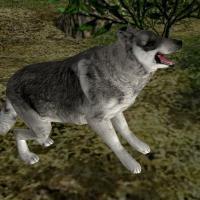
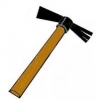
.thumb.png.ce58cea22940c255f5b0a735d5abee36.png)
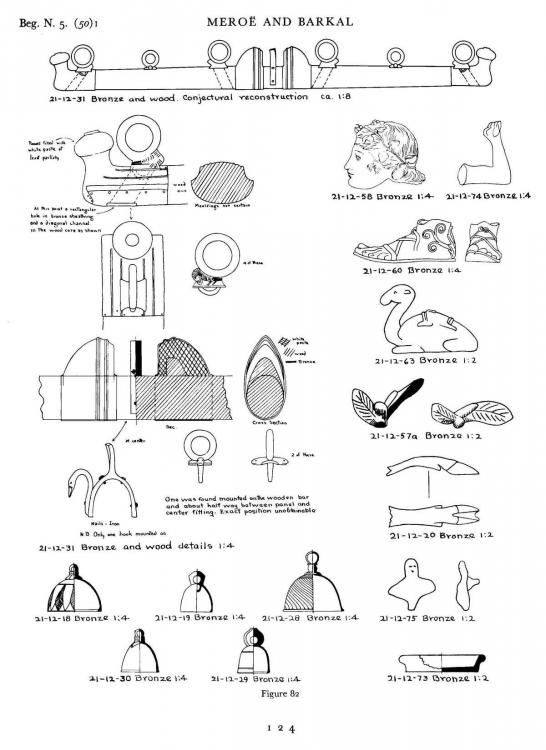
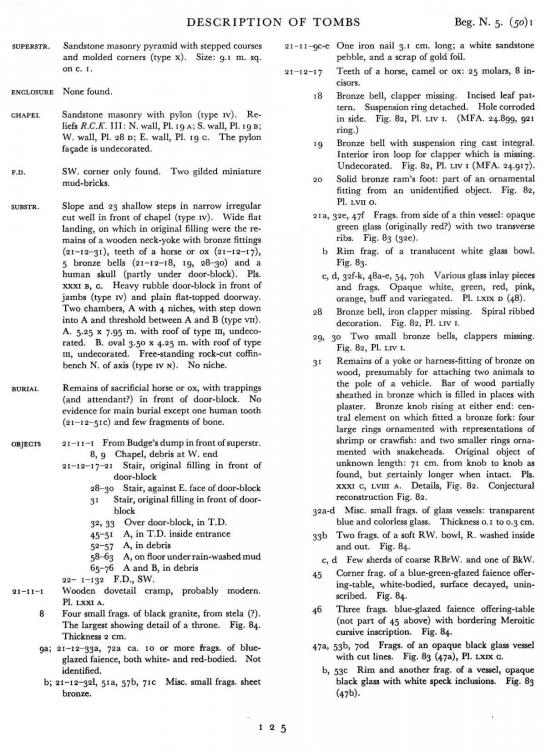
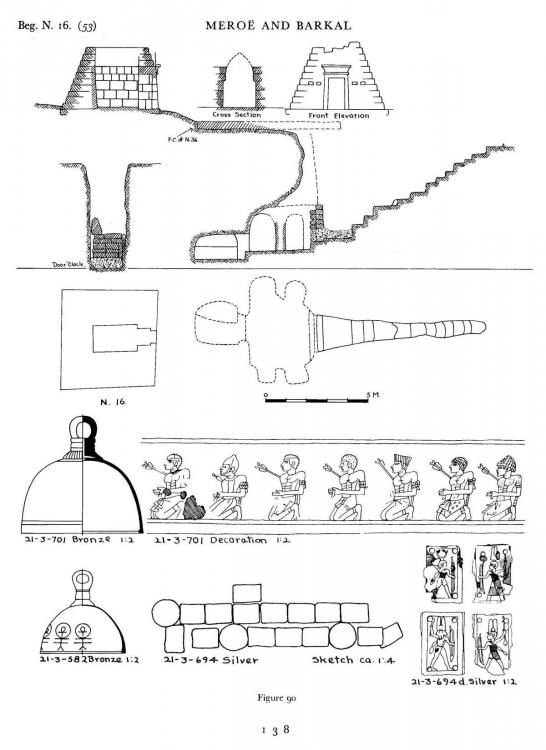
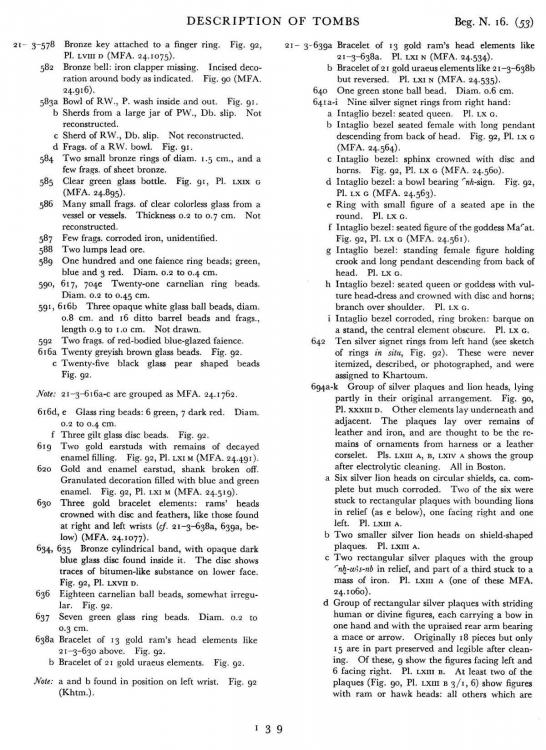



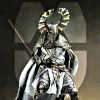

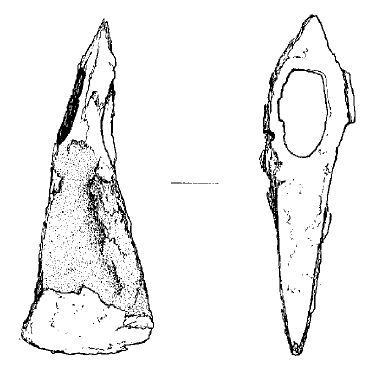
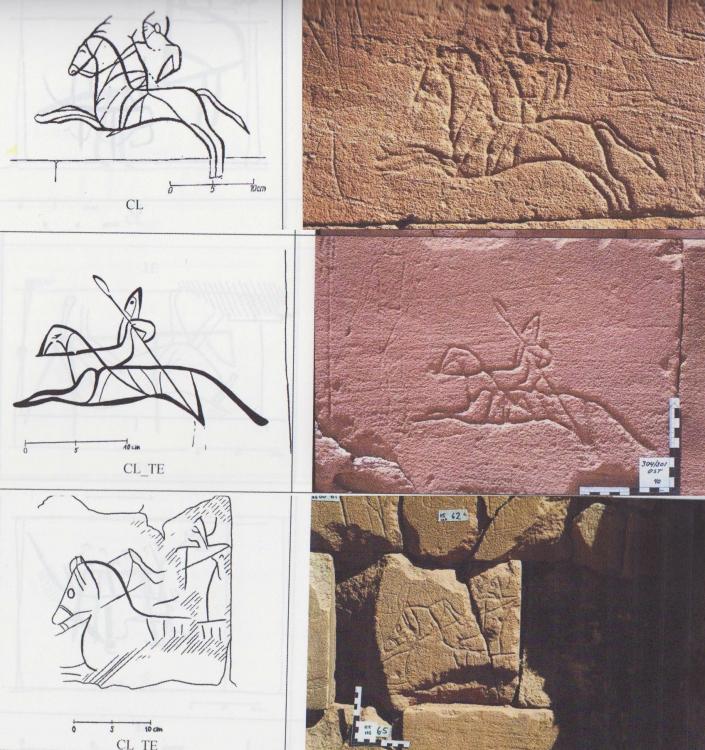
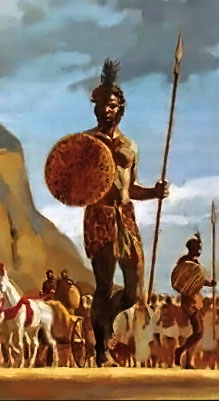
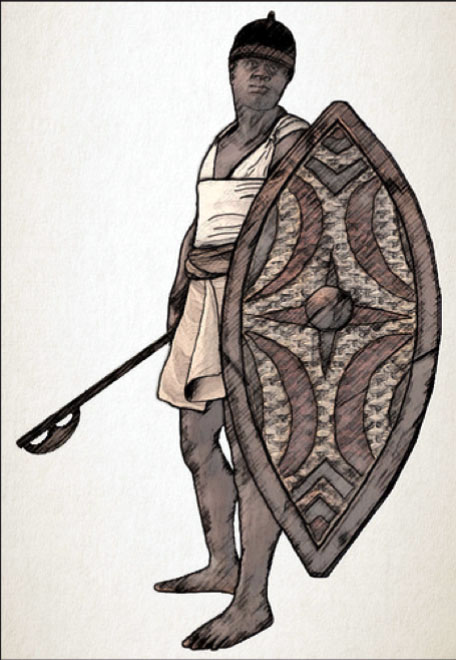
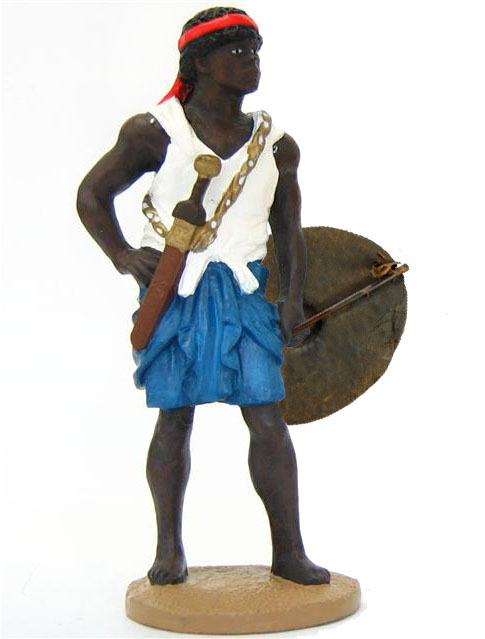
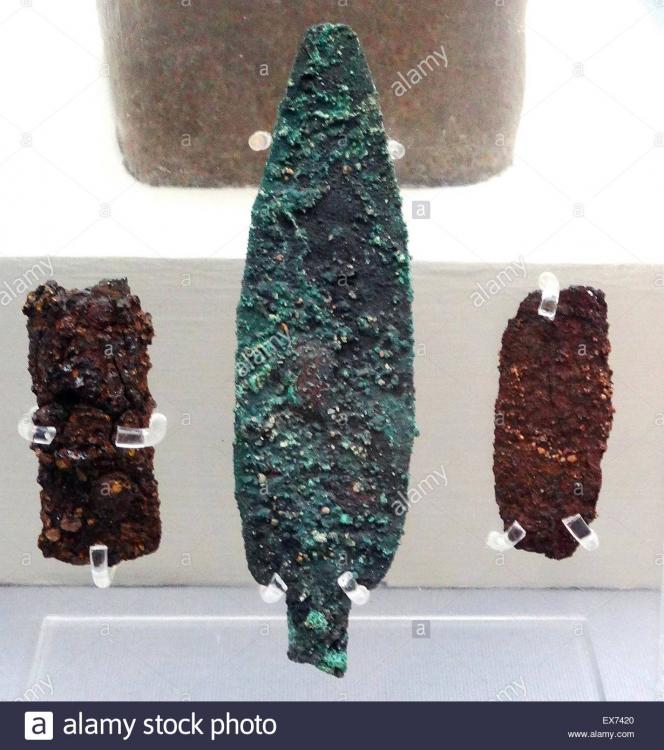

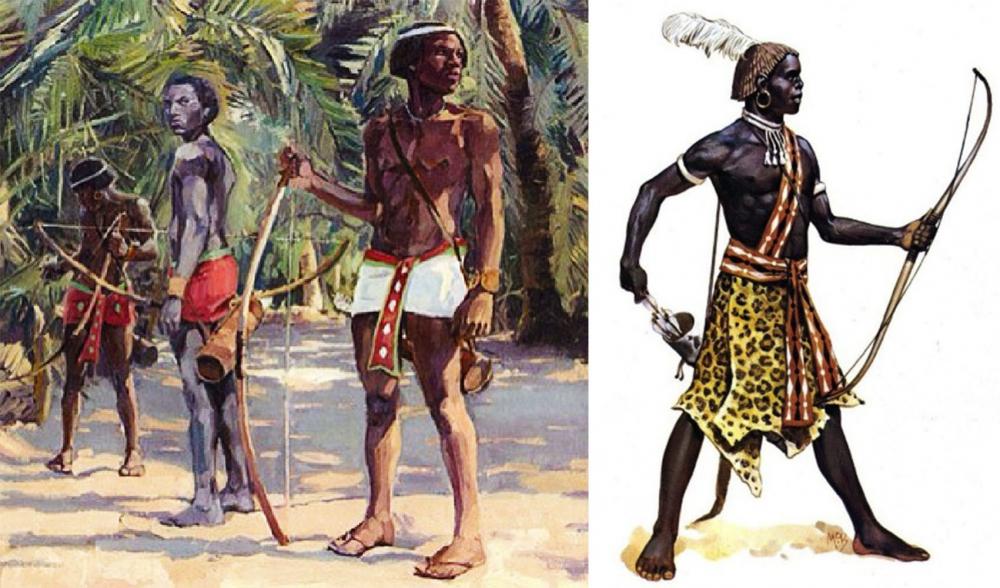
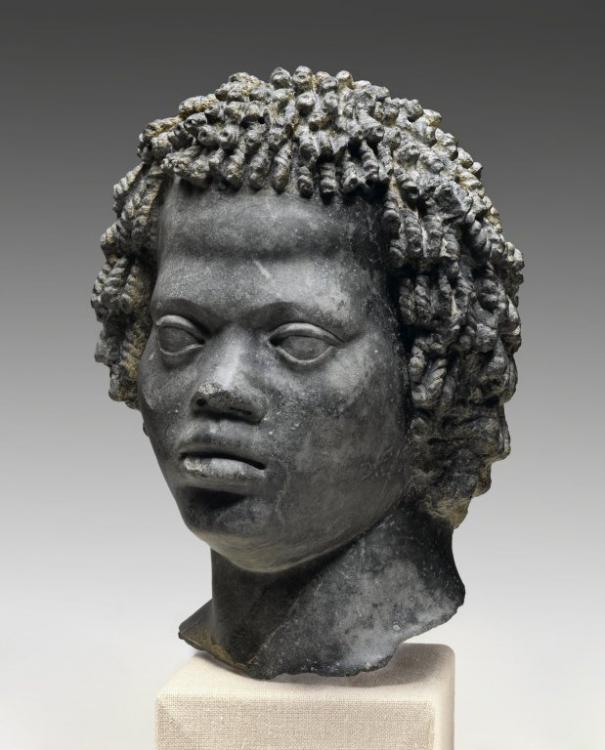
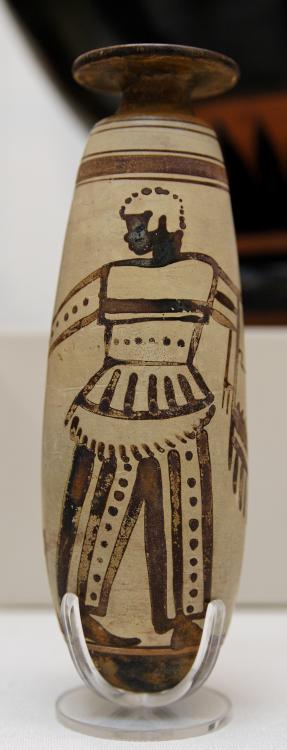
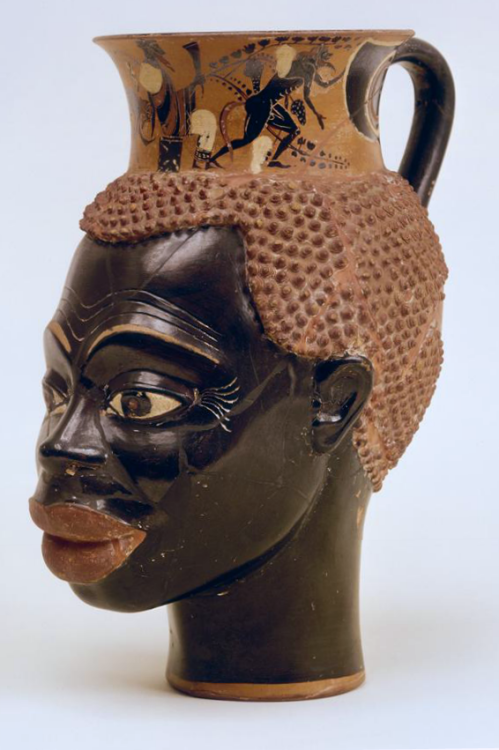
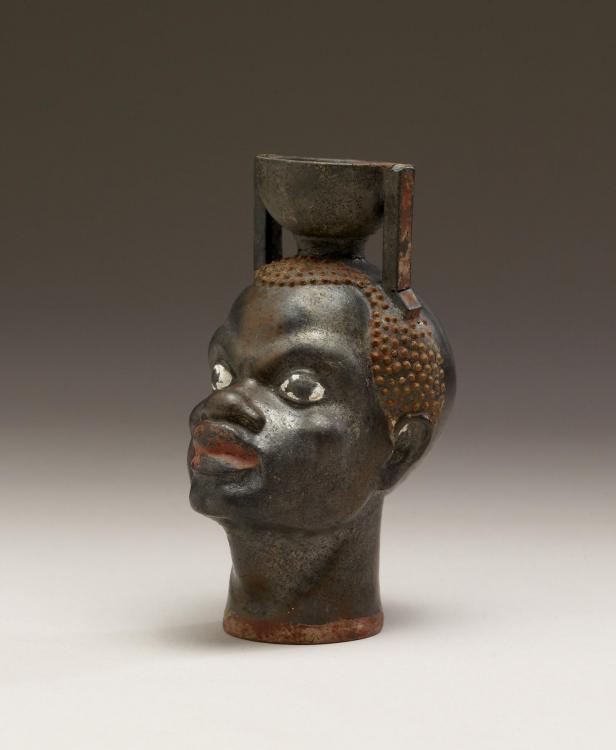
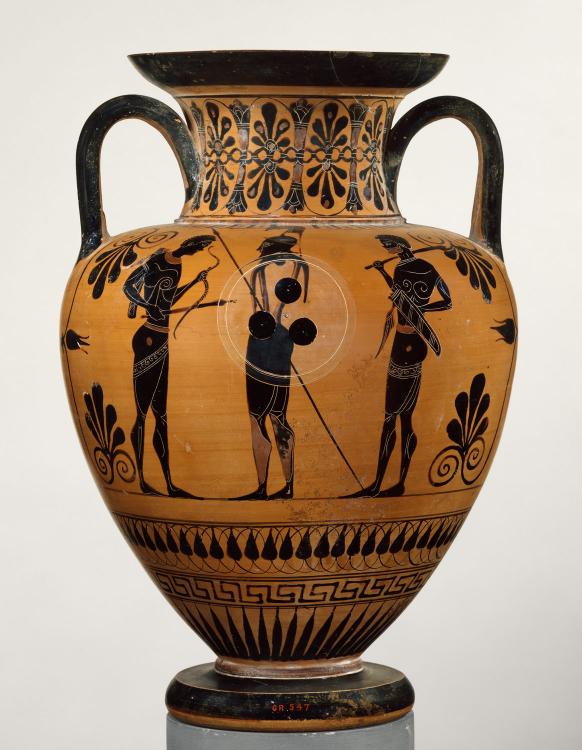
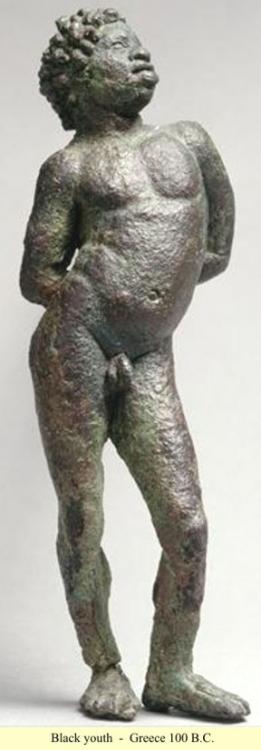

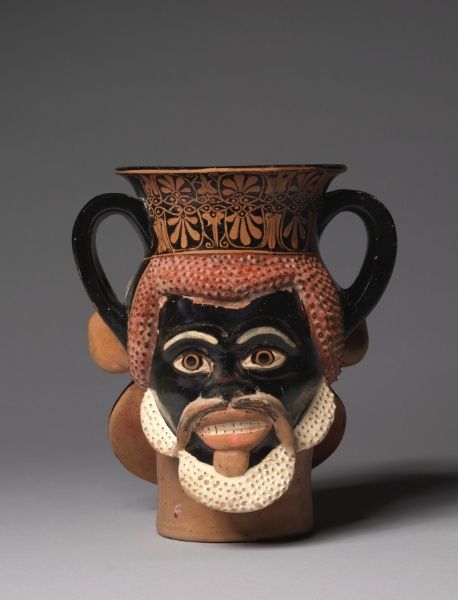
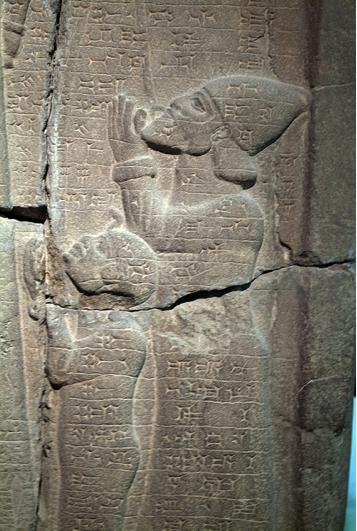
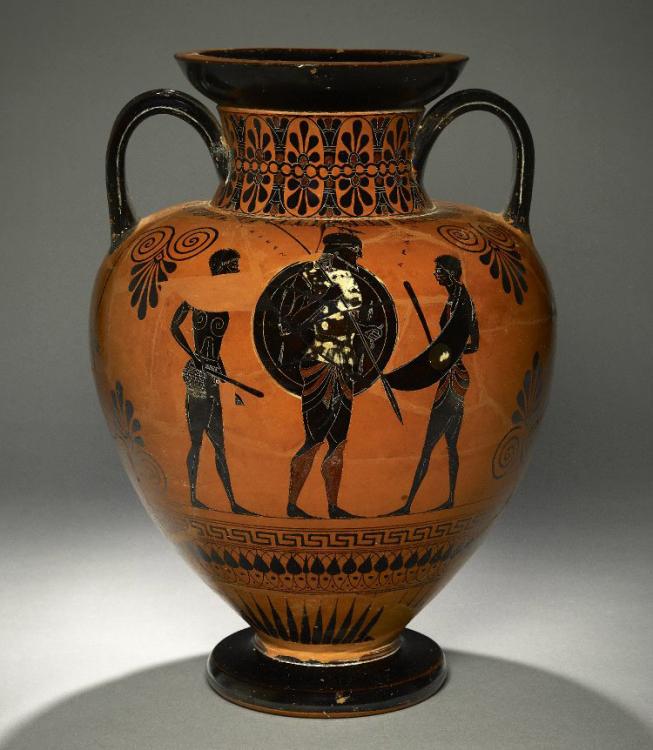
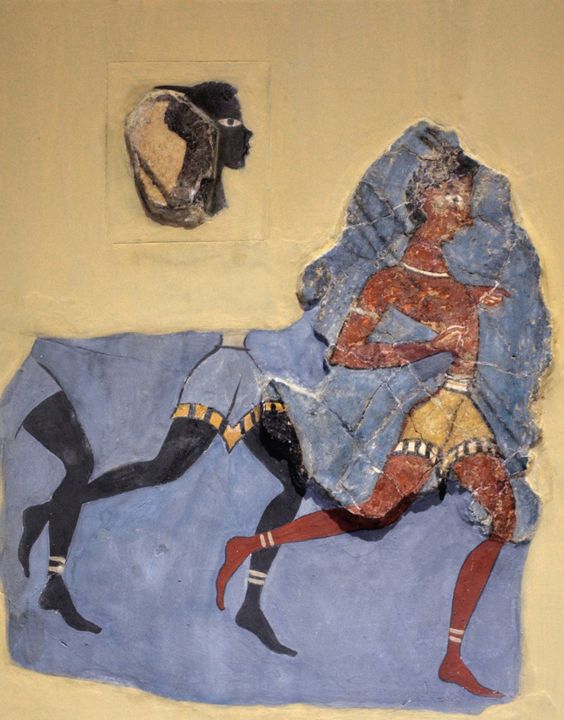
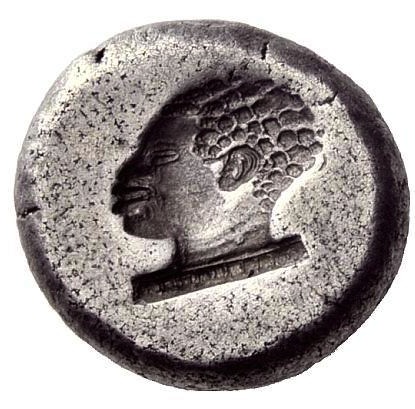
BCERoman.jpg.e54858b945b5a24bc96f98b9d1793379.jpg)
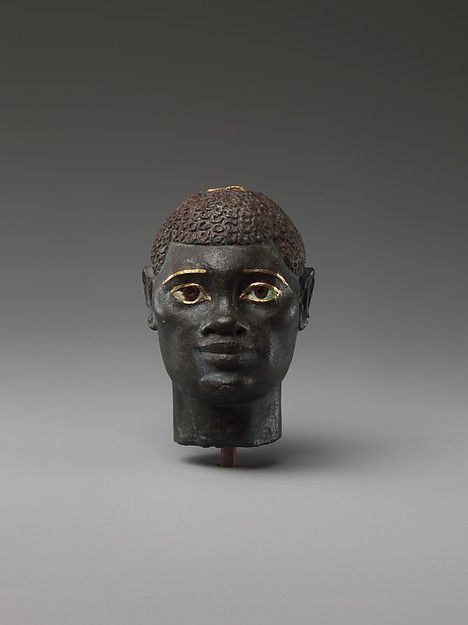
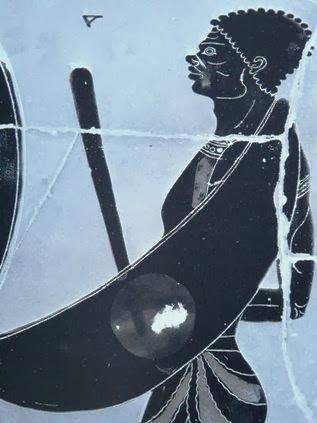
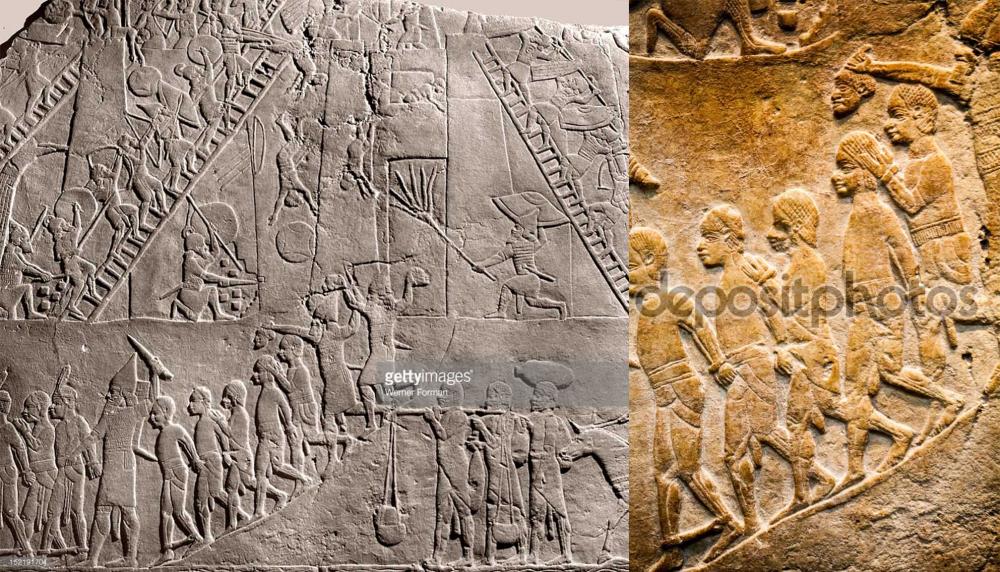
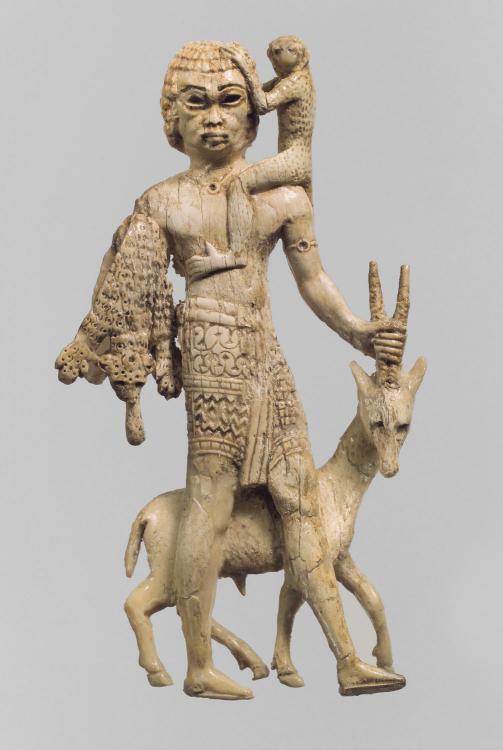
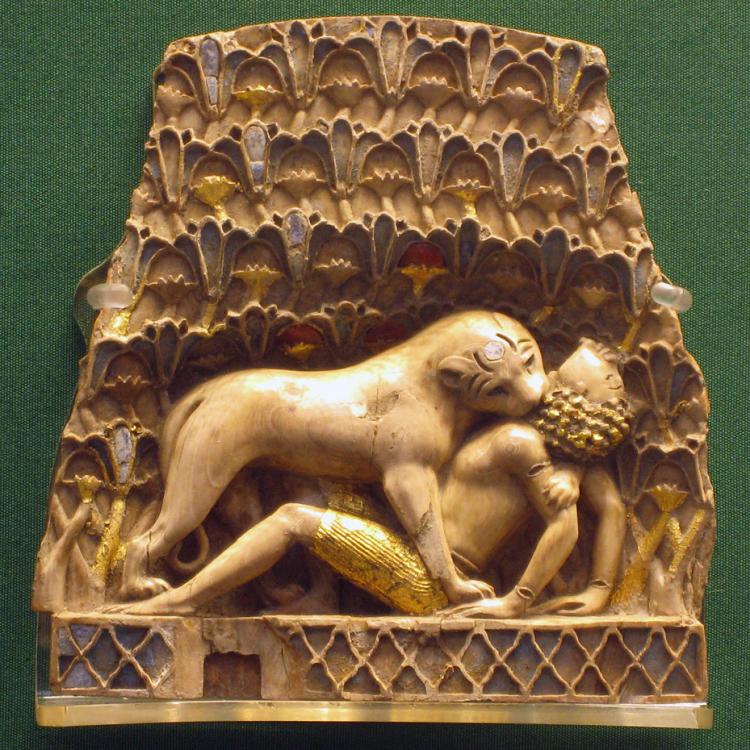
.Sotades(fl.350BC).jpg.528d6ff2bc75a9fa31721a99bfd35bd3.jpg)
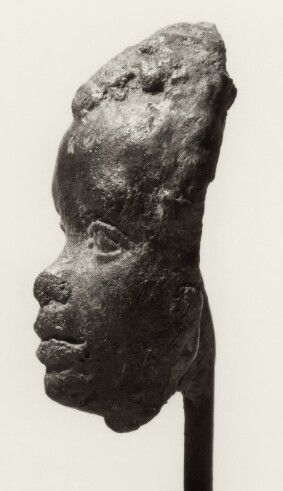
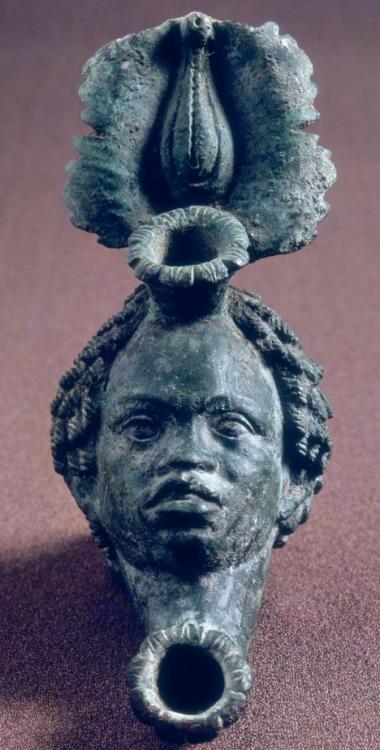
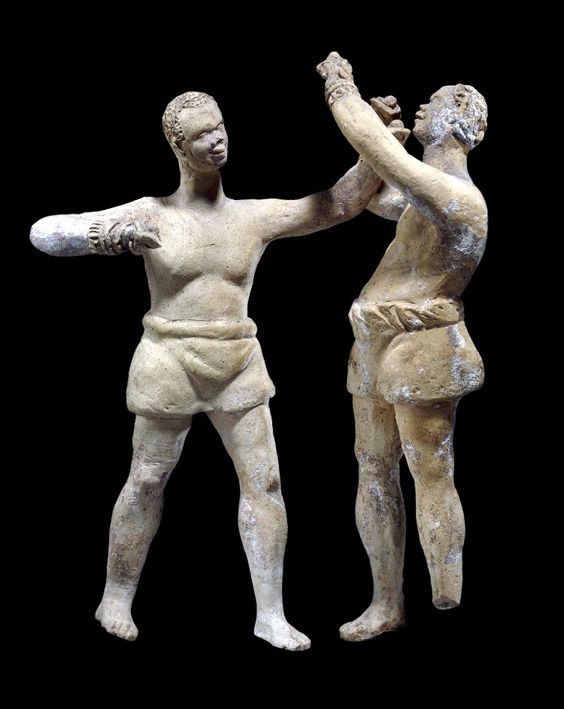
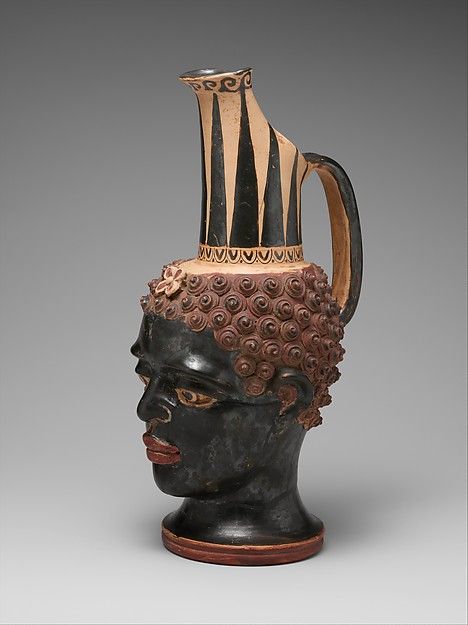
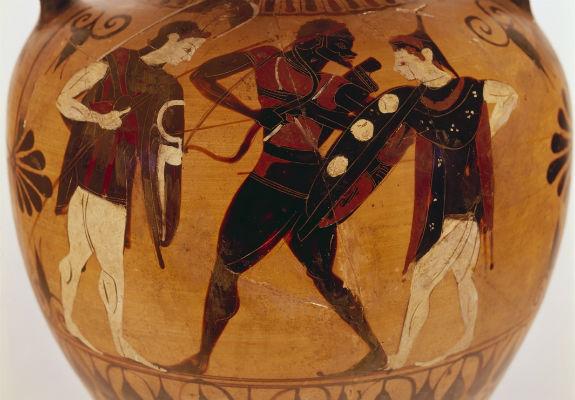
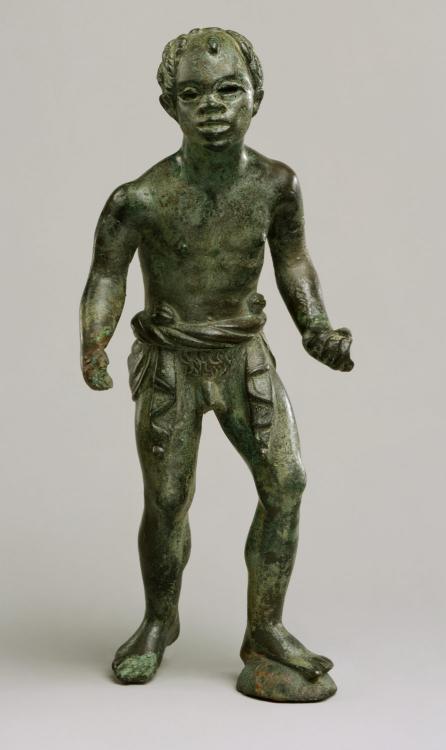

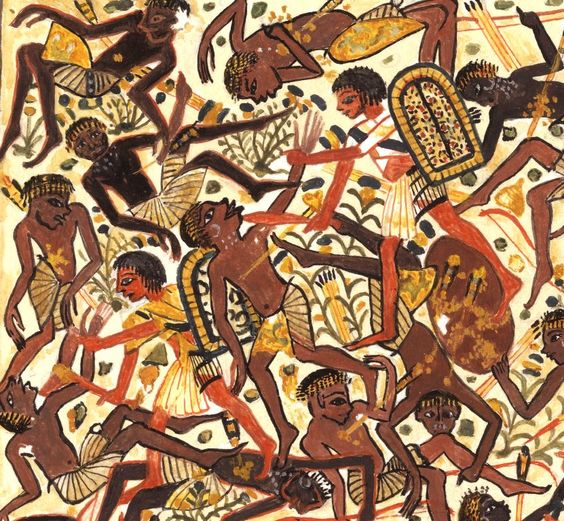
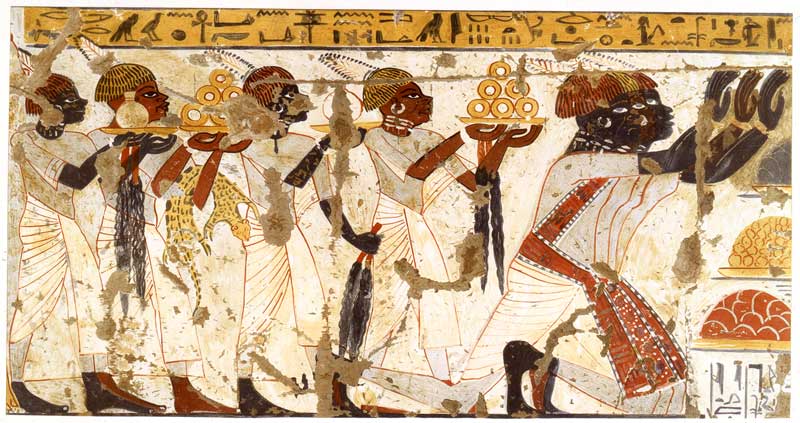
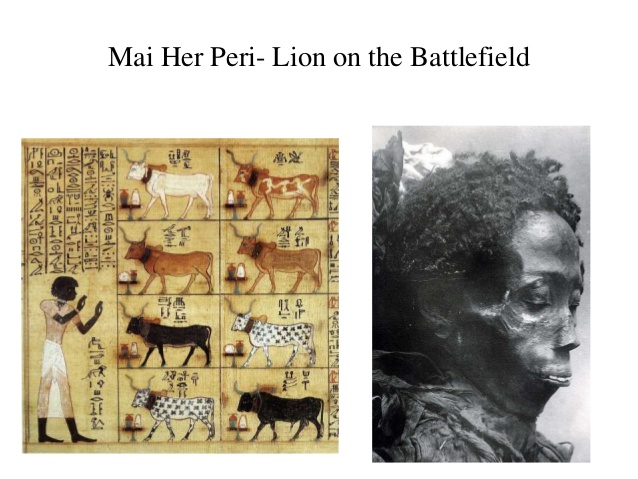
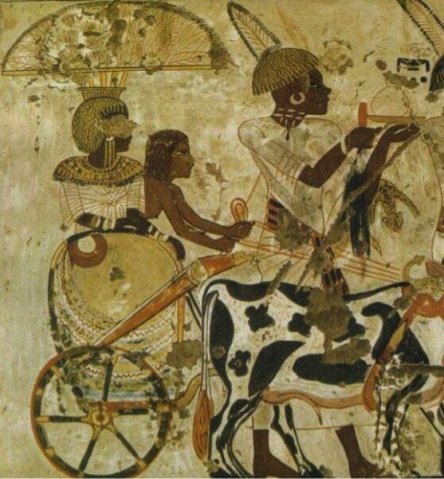
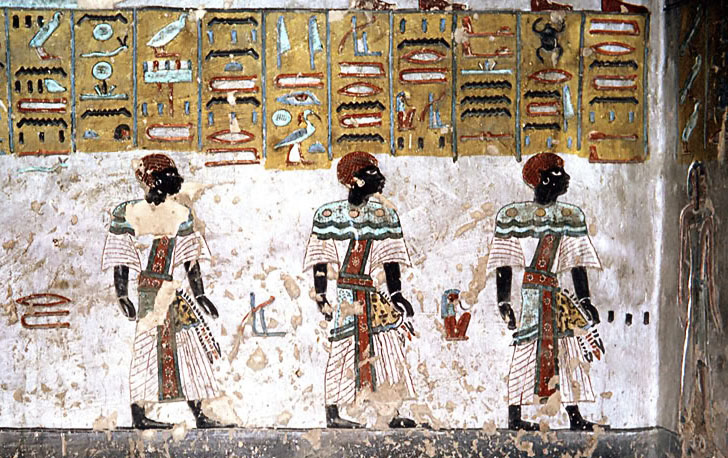
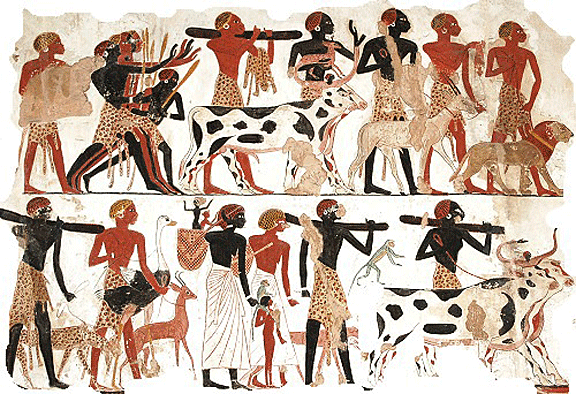
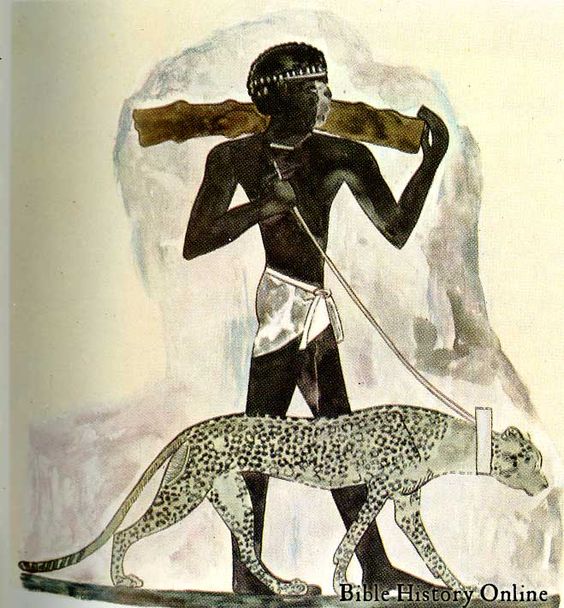
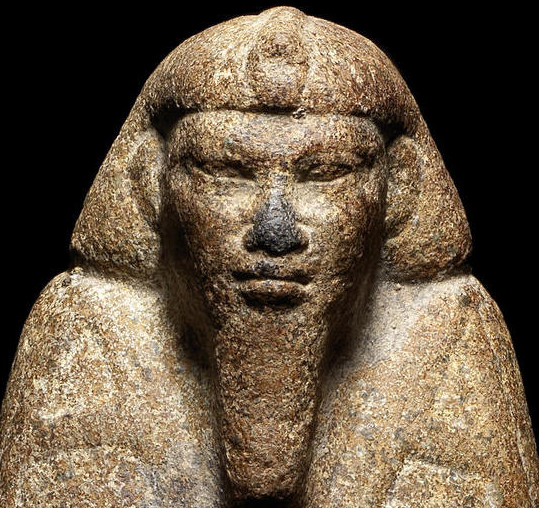
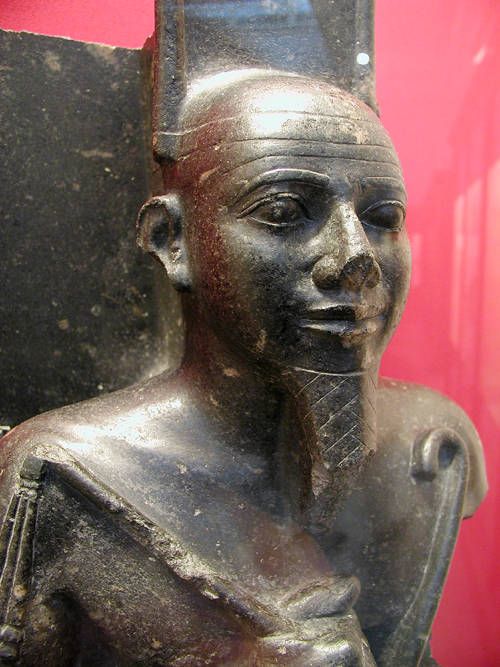
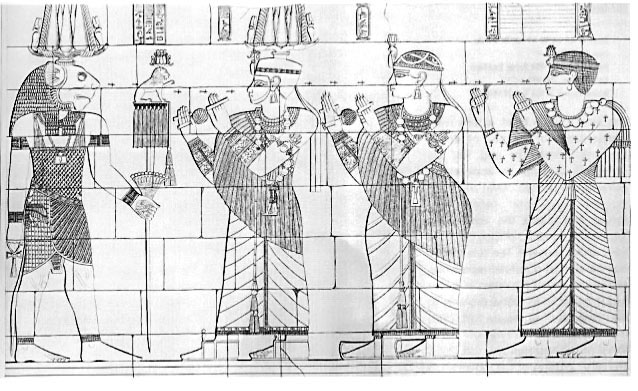
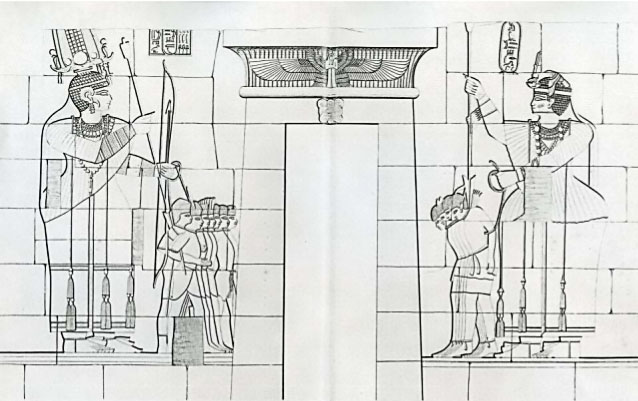
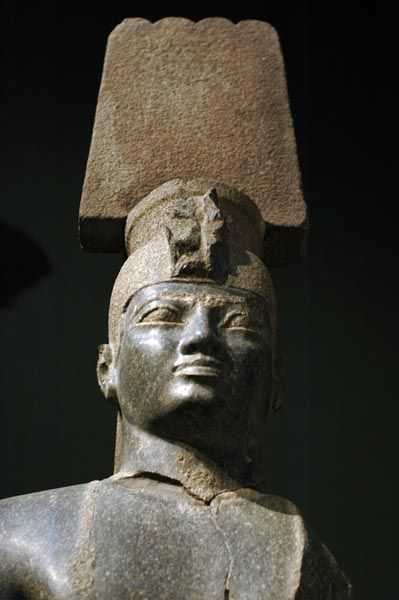
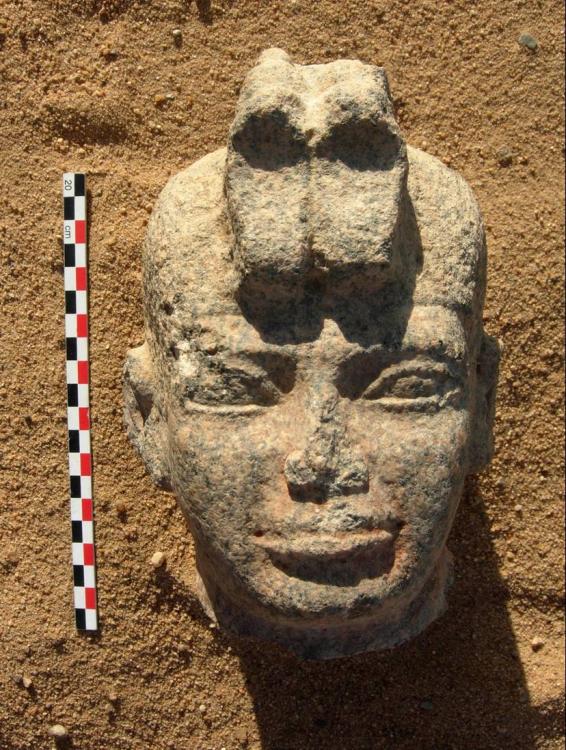

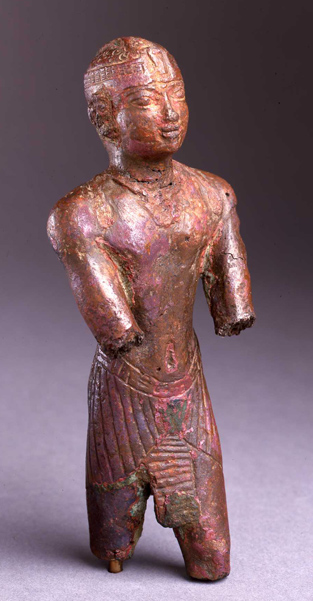
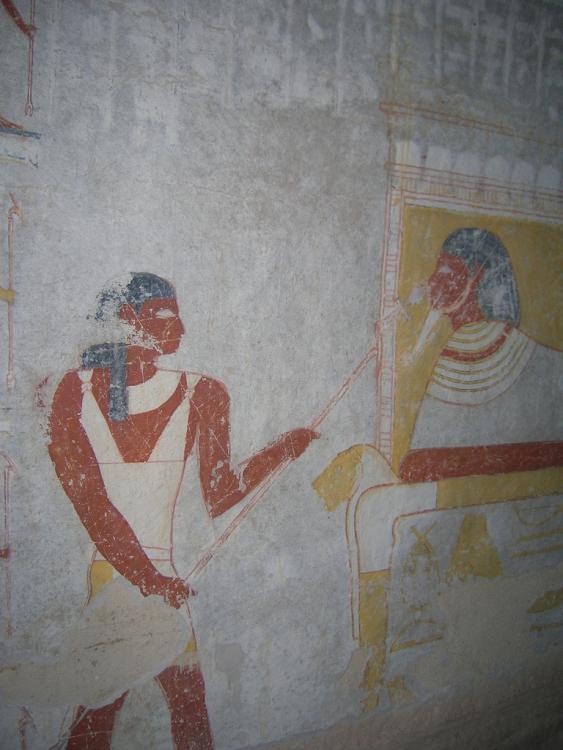
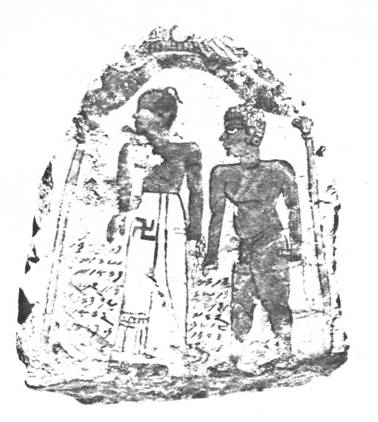
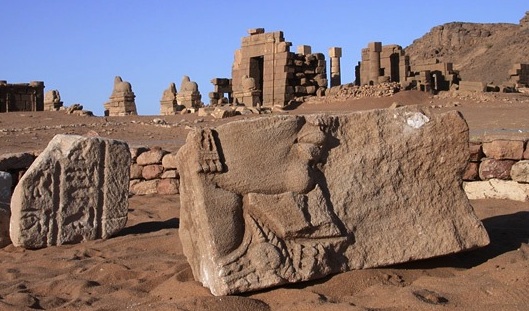
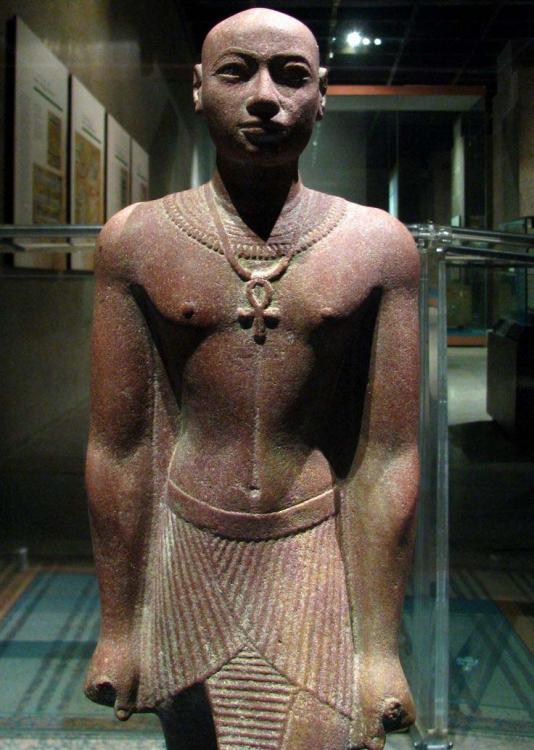
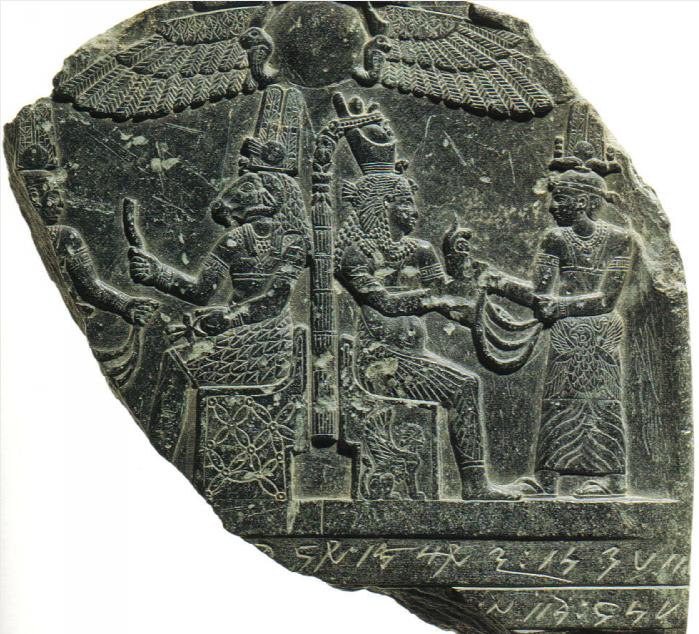
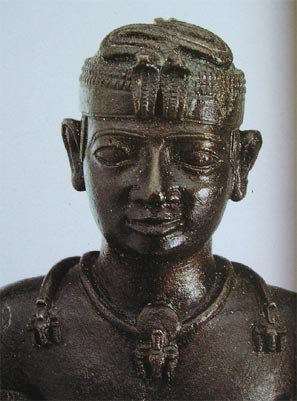
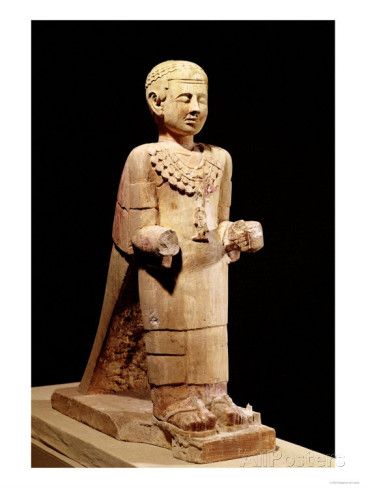
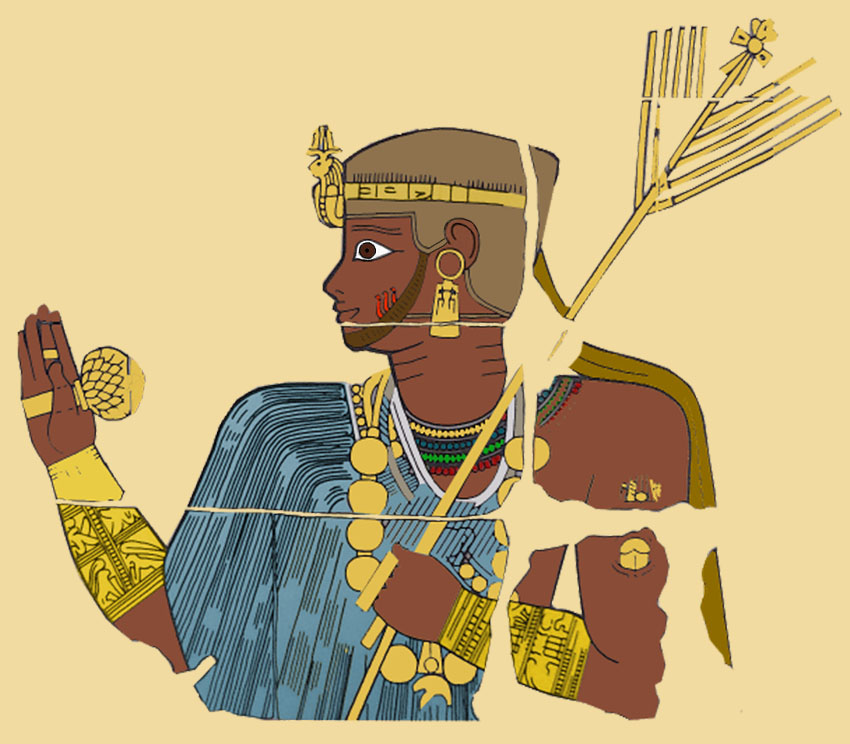
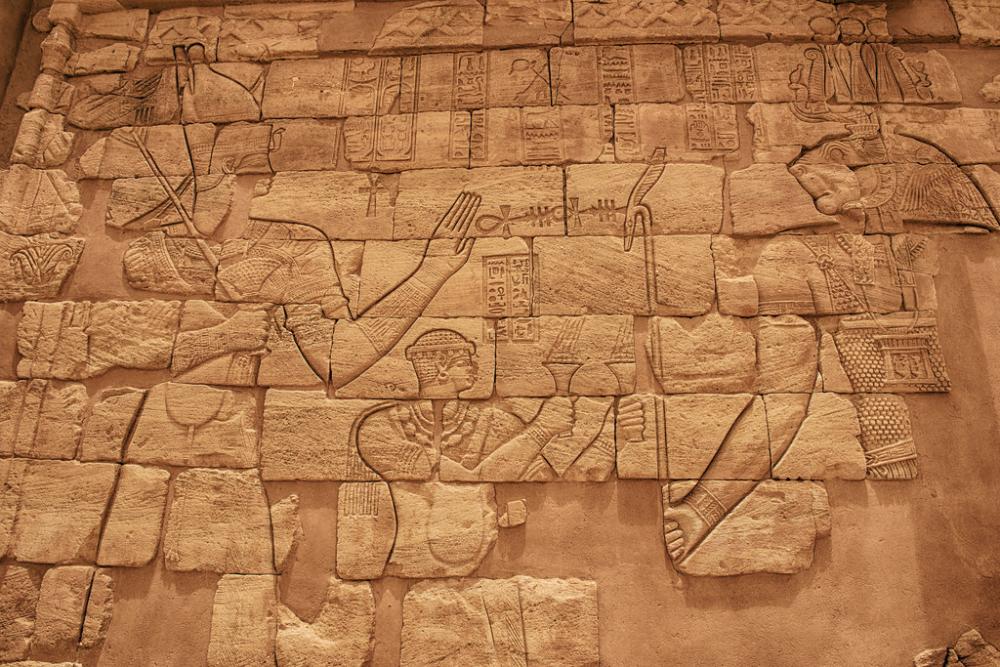
AmanitoresalutingApedemak.jpg.c24f7730a719cc49a78ae5d70ac50190.jpg)
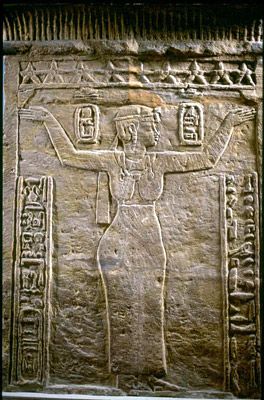
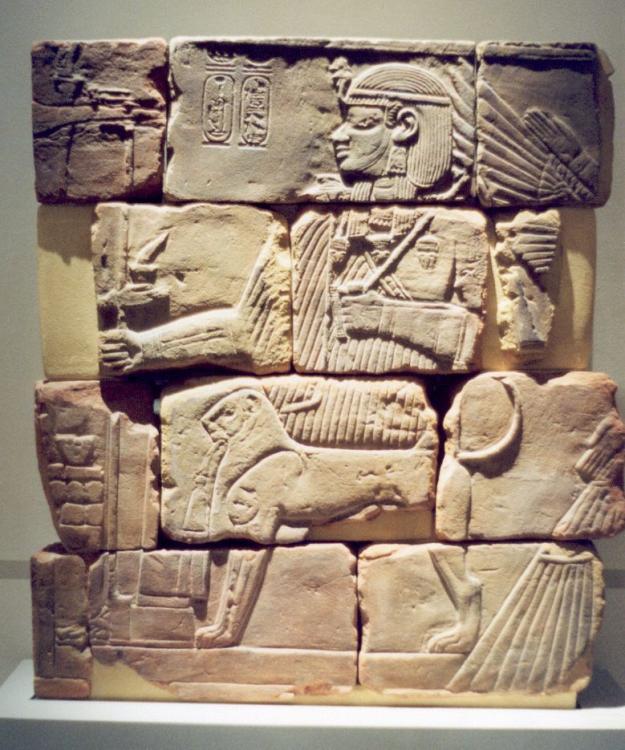
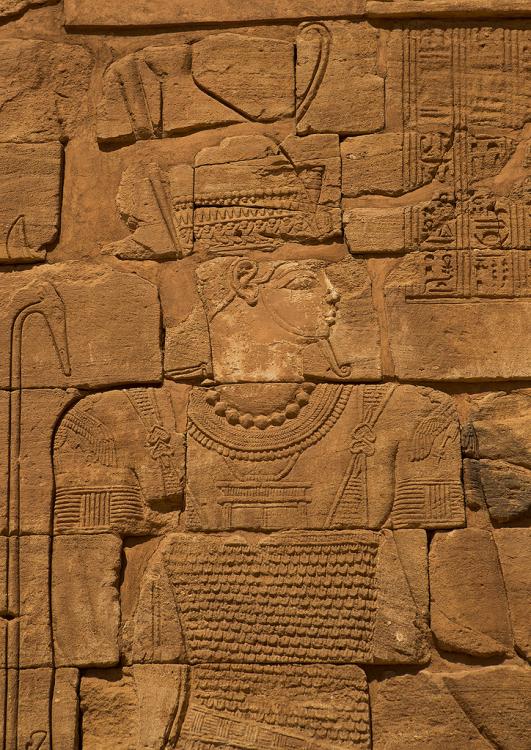
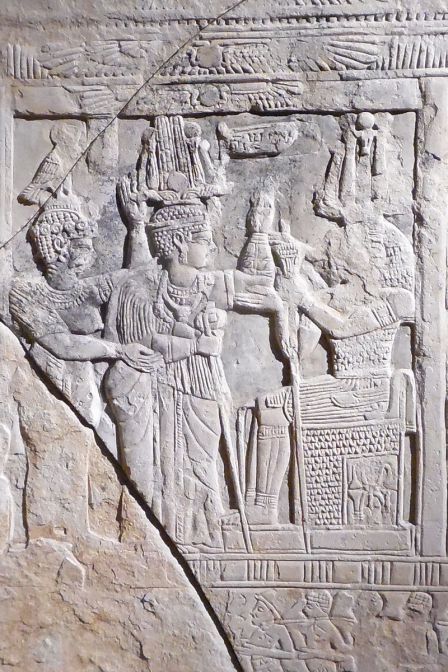
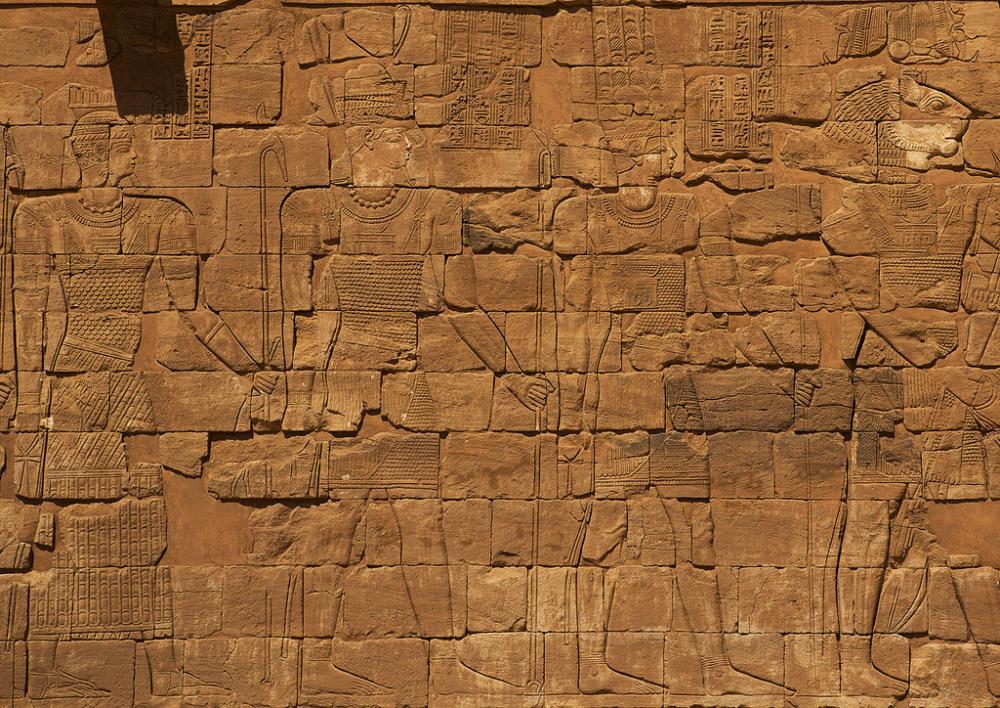
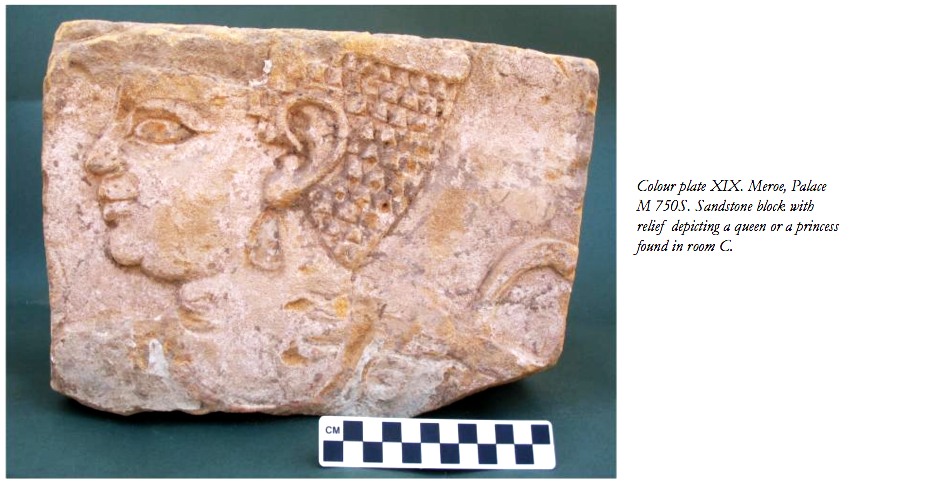
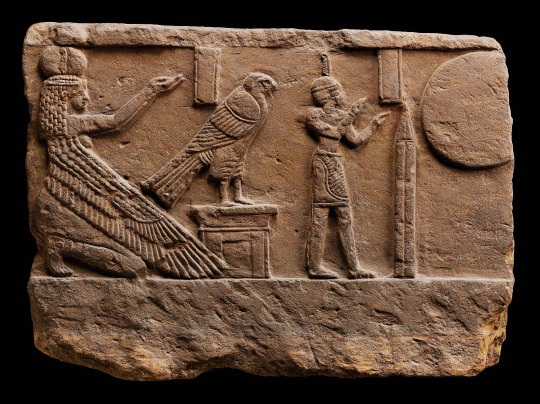
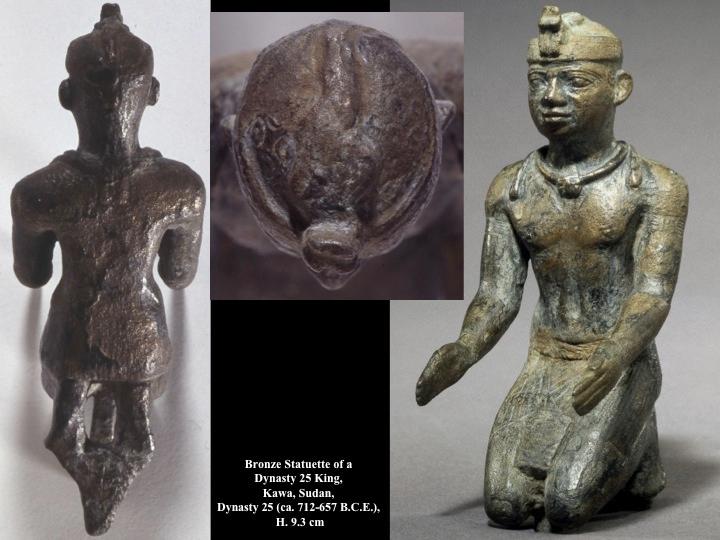
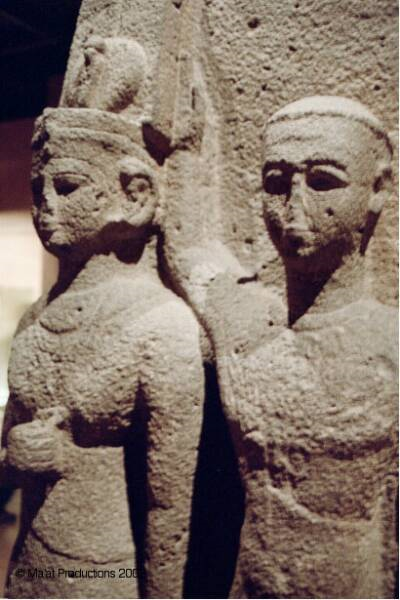
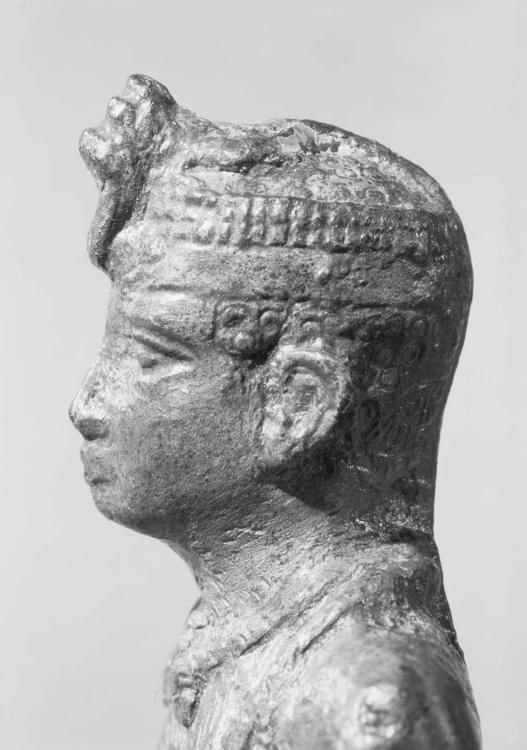
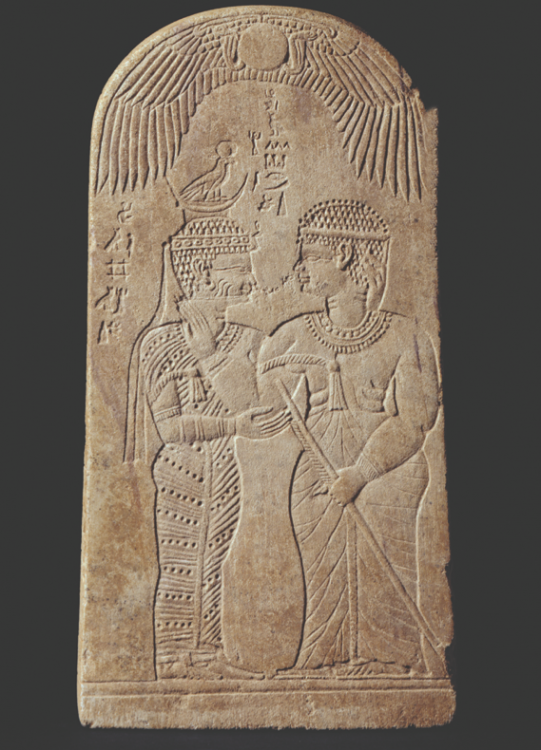
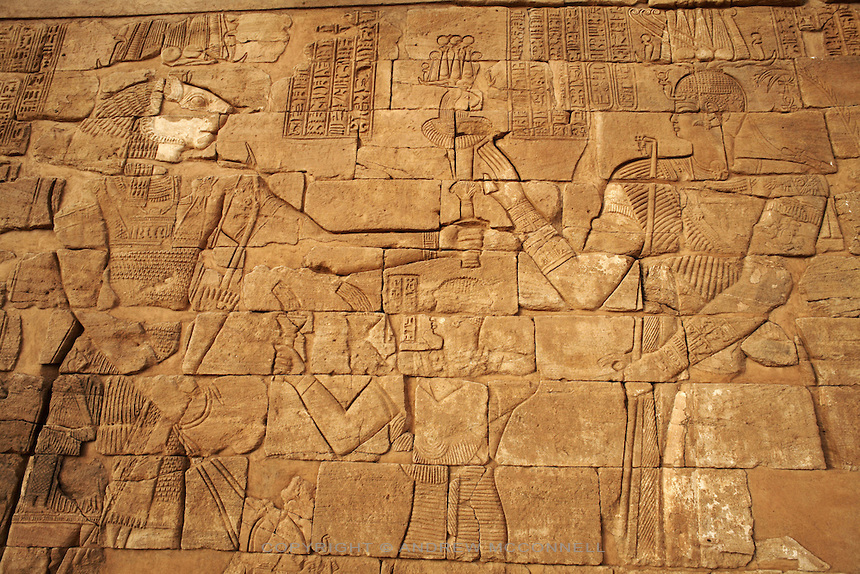
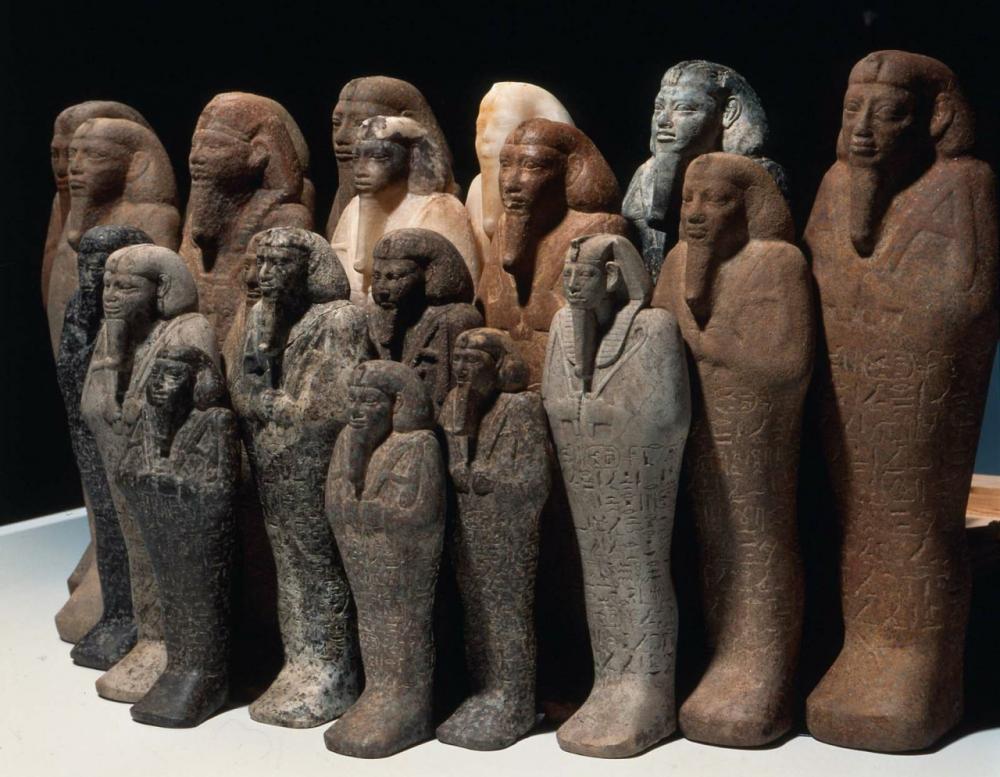
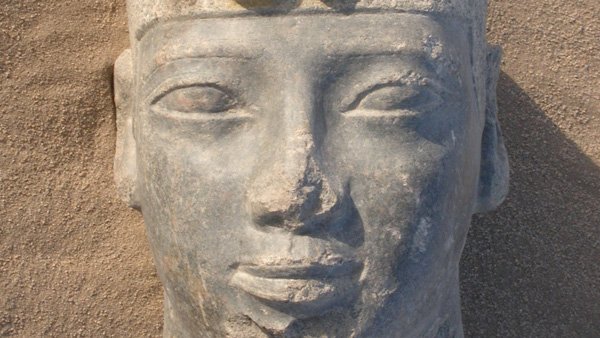
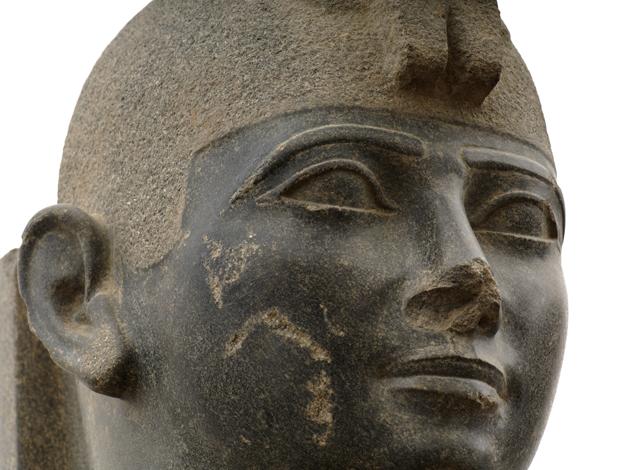
Naqa.jpg.cc911f0d6fffe5a8262a07060da743e7.jpg)
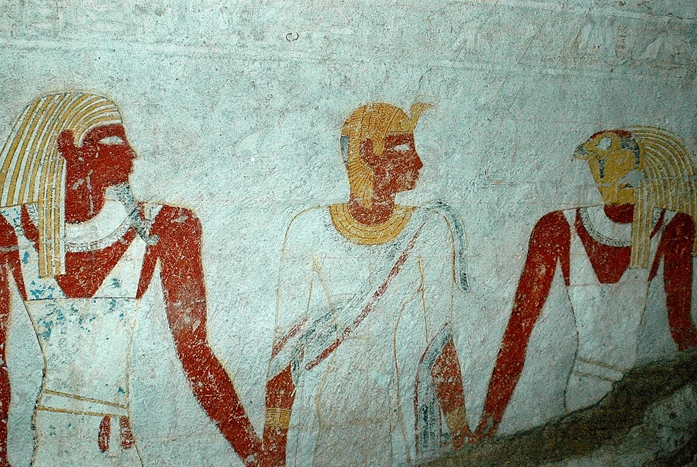
beingledtohisburialwearingKushitecapandureaus(royalcobra)ElKurru.jpg.c9b06190dd96d5b2d26a98cdf3346cf7.jpg)
